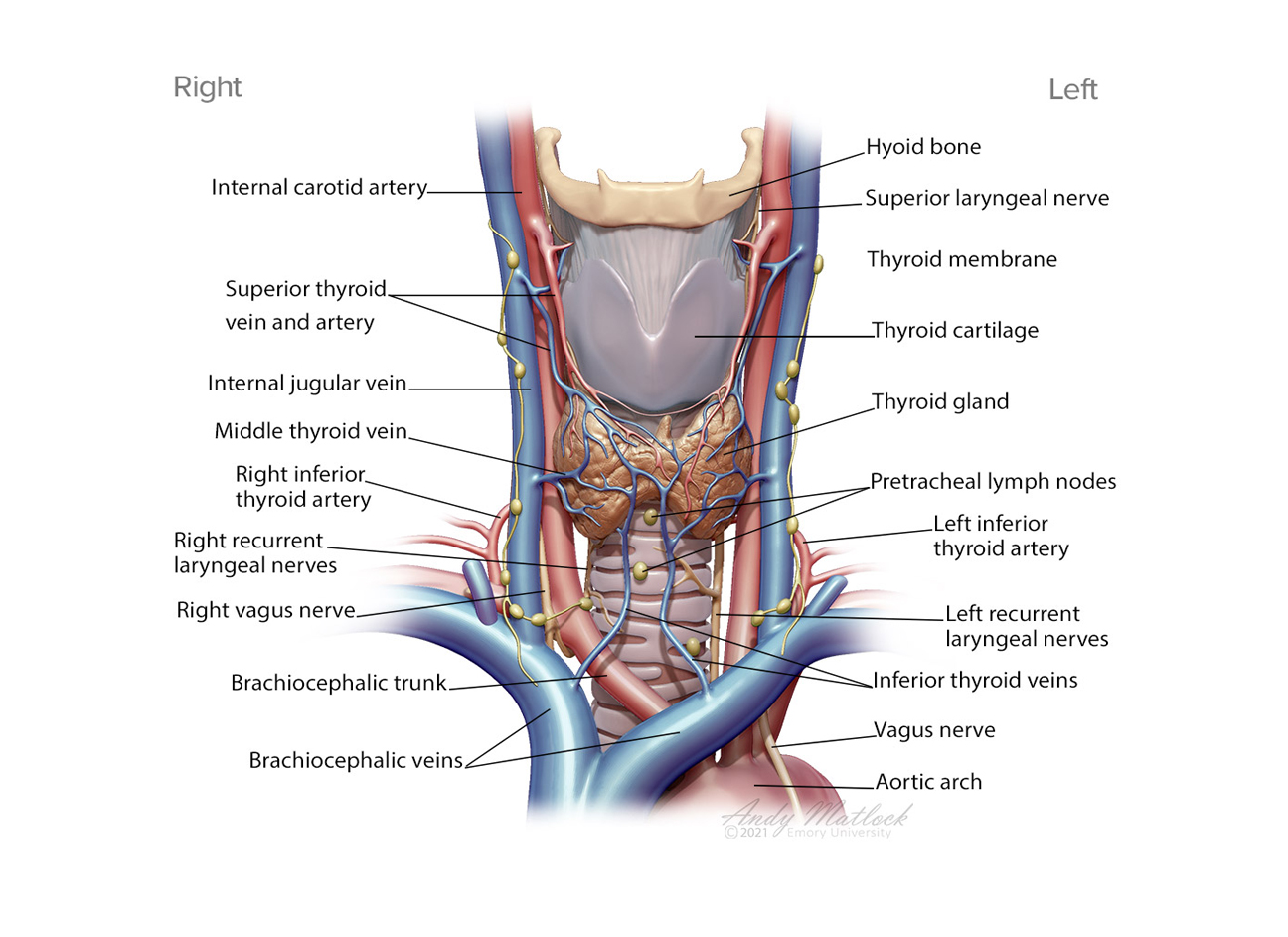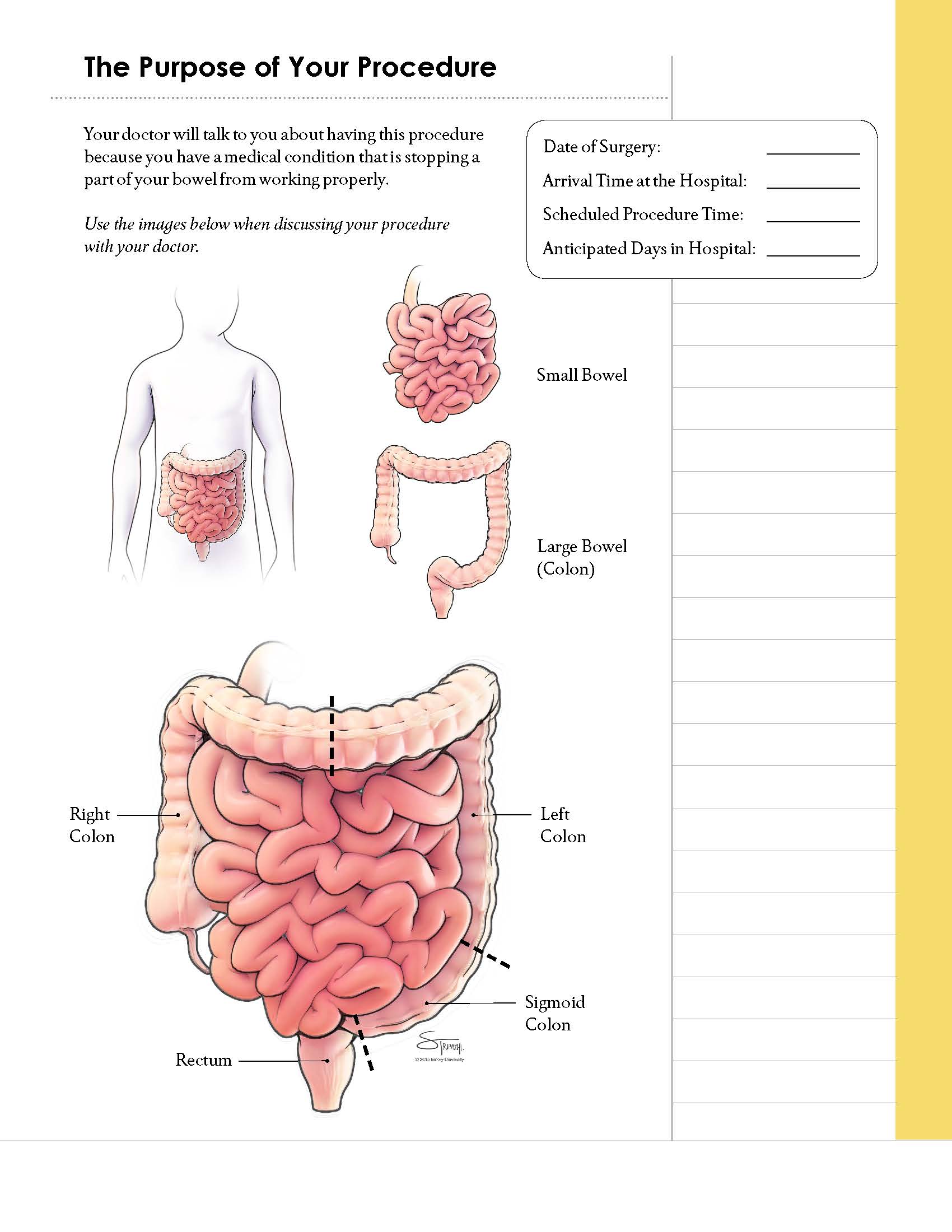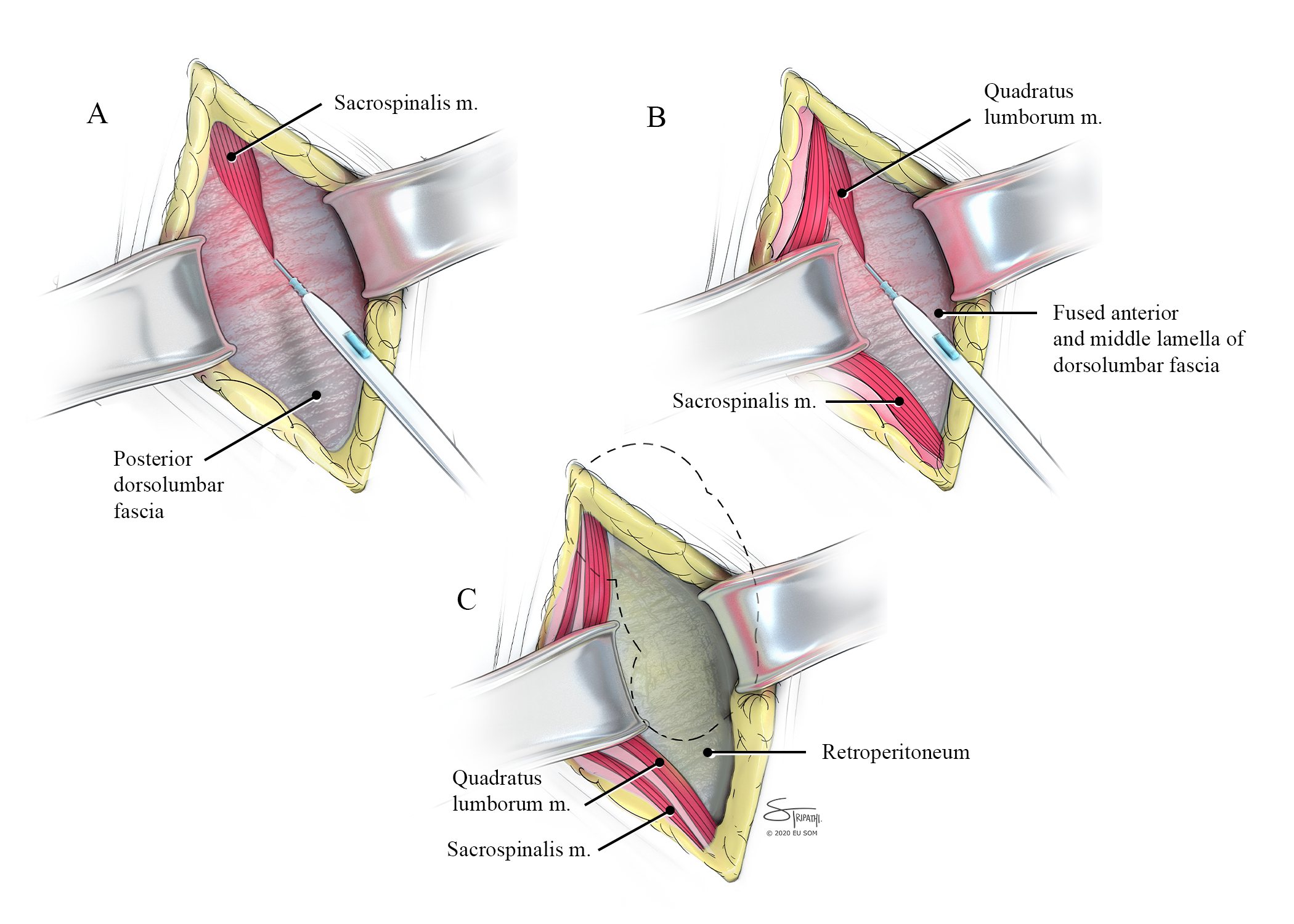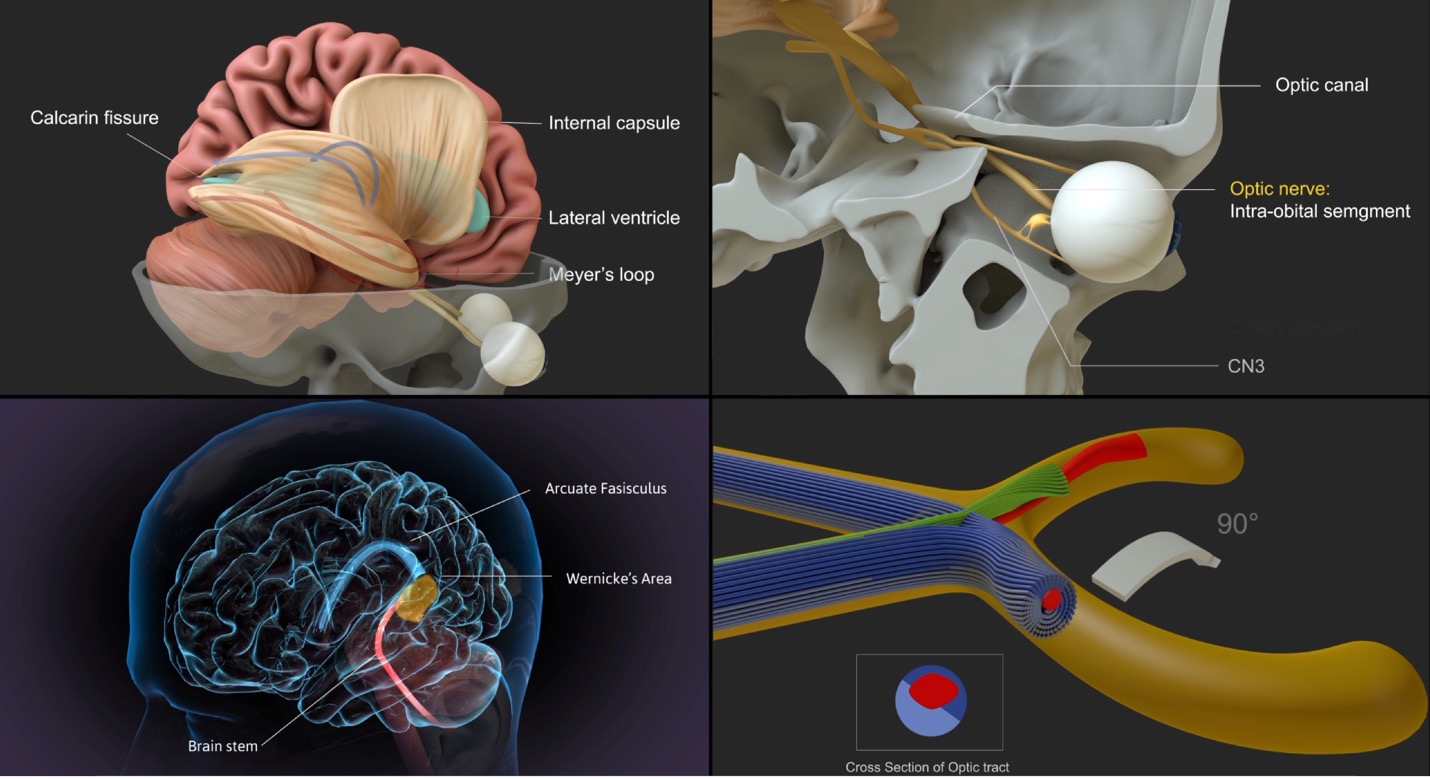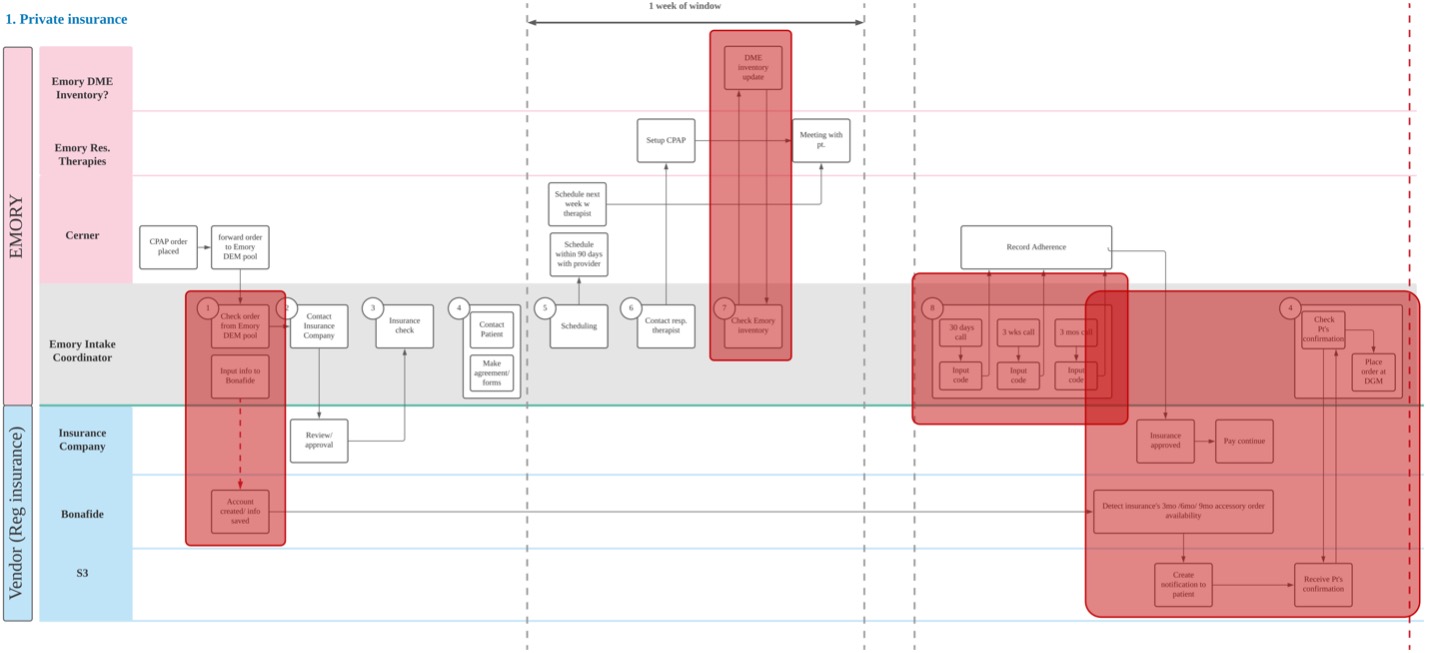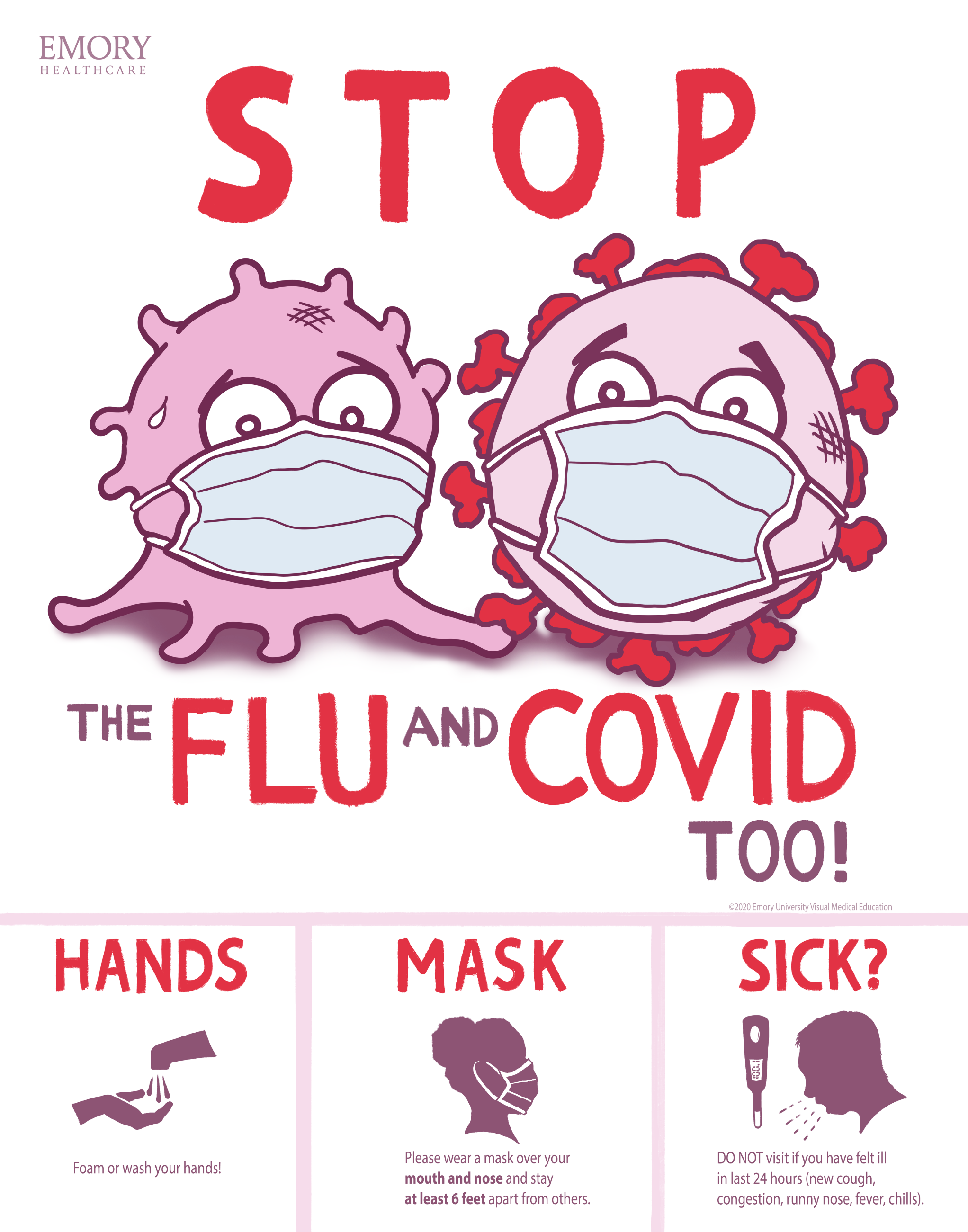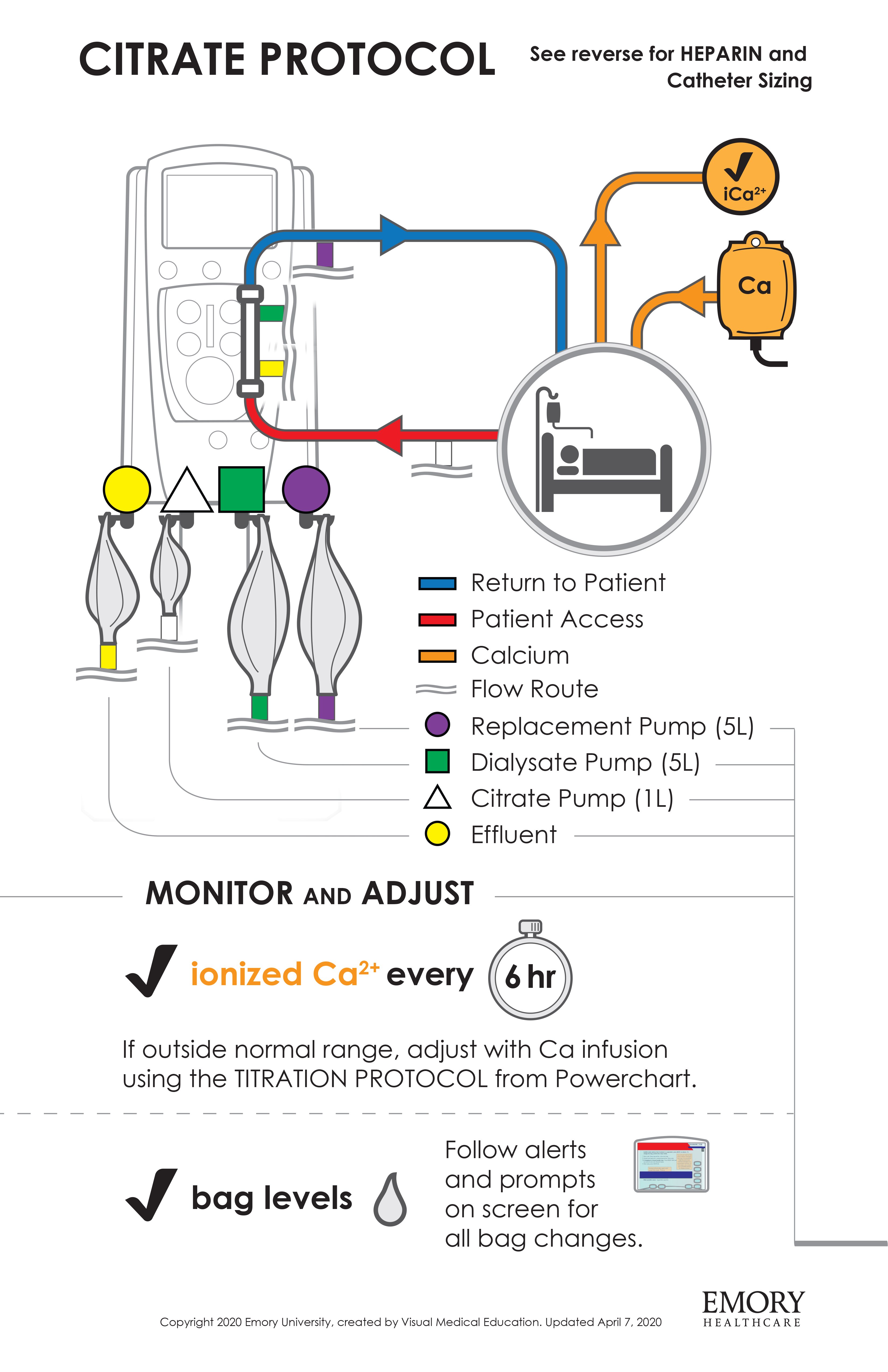Emory Visual Medical Education creates a wide variety of projects in the areas we serve. These case studies are only a few of the hundreds of projects we have been involved in. They showcase some of the different uses of visual education. Some project represent a few hours of work, and some were more than a year in development. Each was carefully designed to help our Emory collaborators achieve their goals, sometimes in unexpected and innovative ways.

SCORE Surgical Anatomy
Created by Andy Matlock
A large volume of 3D-models were created to accurately depict surgical anatomy to residents in training. The resulting illustrations are available to trainees with access to SCORE.

Emory Empathetic AI for Health Institute Banner
Created by Michael Konomos
The new Emory Empathetic AI for Health Institute approached our team in search of an iconic image that they could use to represent their translational research institute. AI is often depicted as a brain inside of a blue man. We sought to move beyond this inaccurate cliché and depict these algorithms in a way that gives insight into the actual process.
This image depicts the gathering of unordered data, the use of algorithms to bring order to it, and the human-centered application in the healthcare setting.
On the left we see the chaos of available data (derived from actual studies from the Madabhushi lab). These converge at the center as they are brought into order. The “brain”, which only appears to be a brain, at closer examination evokes computer circuits, with subtle 0’s and 1’s composing it’s shape. The light emanating from it also represents ideas and creative insights that lead to new discoveries. The subtle code and algorithms behind it hint at the processes happening behind the scenes. These transform the many data into something coherent. We see the laptop, where the tools born from AI are delivered into a compassionate, human context. The AI is not making the decision, but rather informing the conversation between provider and patient. Seeing the expressions of real people elicits our empathy, which is at the core of the Institute. This piece is a deliberate, fundamentally human effort to depict AI in a new way. Rather than anthropomorphizing AI, we are using new metaphors and visual language to give the viewer a more accurate intuition for the process. New discoveries from existing data. Chaos to order. Above all, empathy.
Molnupiravir Animation
Created by Michael Konomos
This animation tells the story of Molnupiravir, an investigational oral COVID-19 drug invented and developed by scientists at Emory University. This was developed as an explainer for the lay public. In this video we used real models of the proteins involved to give the "characters" more tangible and believable shapes. We also made heavy use of visual metaphors to ensure that the overall concepts are understood and retained by learners of any educational level.
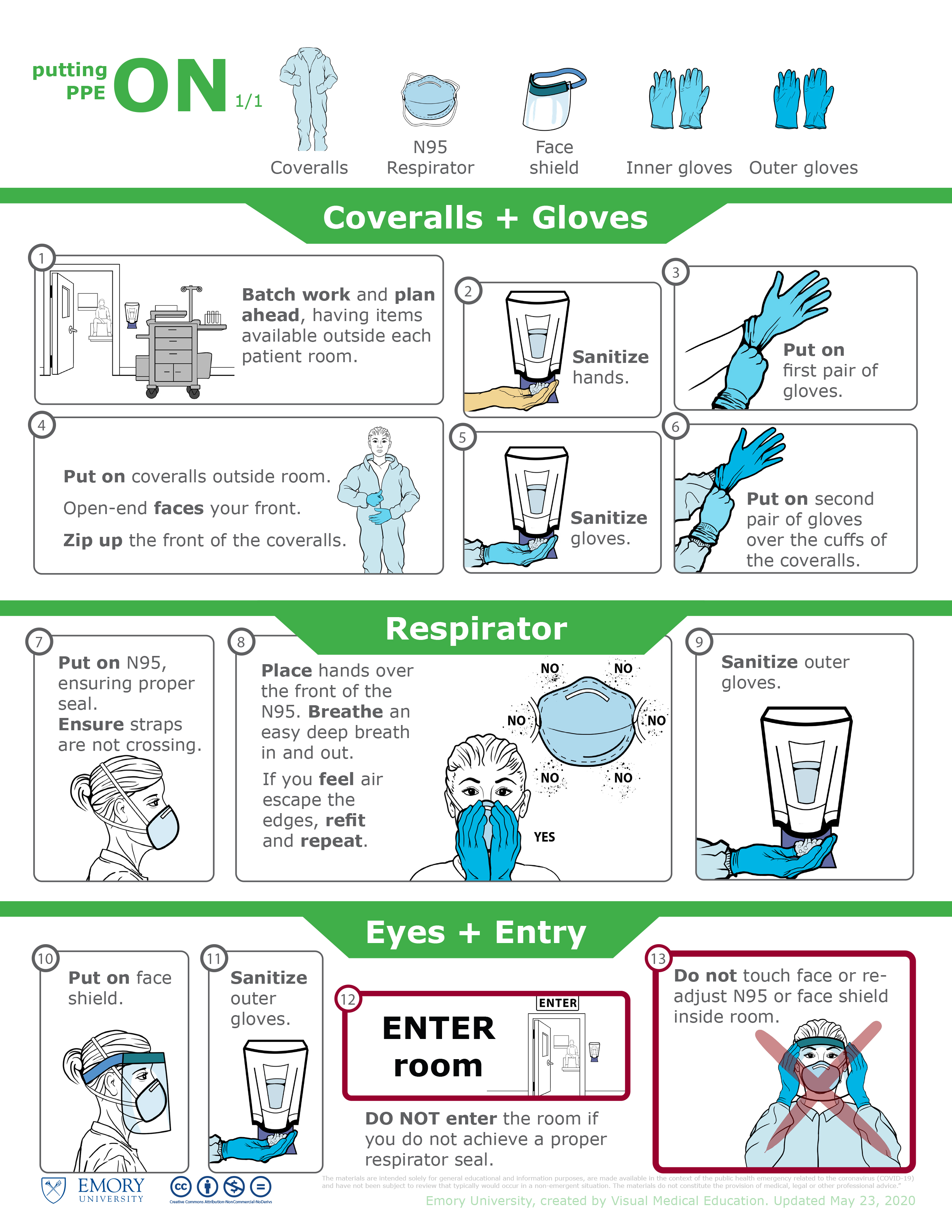
Emory PPE Education
Created by Michael Konomos, Mao Miyamoto, and Rachel Chandler
Emory Serious Communicable Diseases Program, Emory Infection Prevention, and Emory Visual Medical Education teamed up to create a large number of visual guides for the use, extended wear, and reuse of personal protective equipment (PPE). These guides have been used with enthusiasm all over the world, because they not only address ideal PPE standards, but give guidance when supplies are running low.


